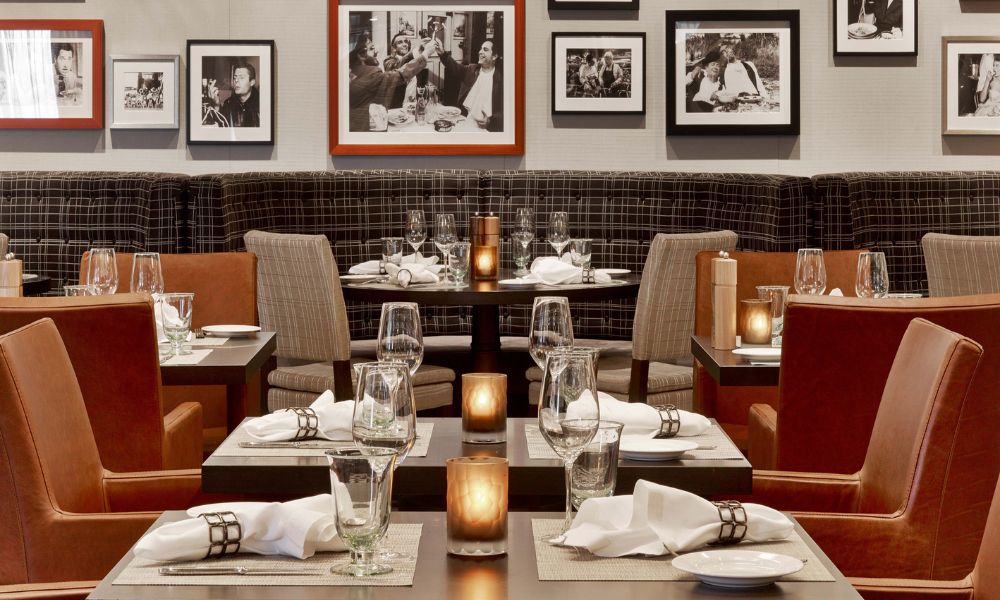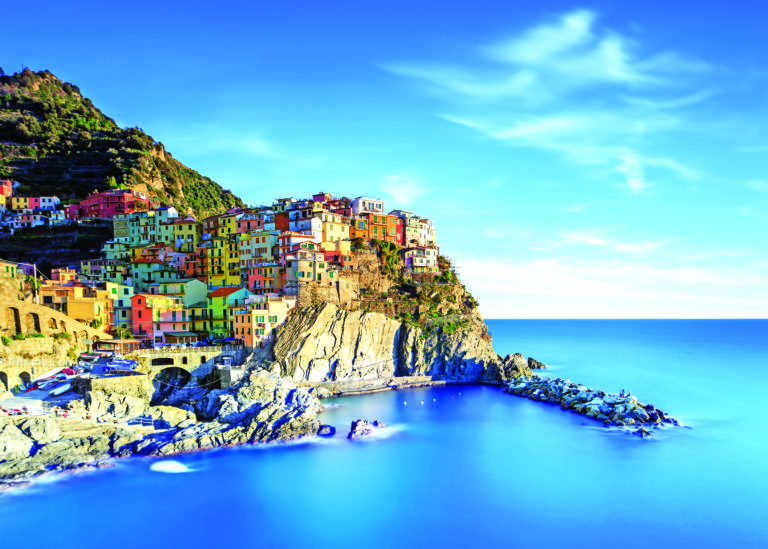Just as well my cruise ship Viking Jupiter lingers in Buenos Aires for two nights before it sails away. There’s much to see in this city of fine boulevards and parks, eclectic neighbourhoods and ornate architecture.
I explore the Spanish-colonial core around Plaza de Mayo with its pink presidential palace, the well-heeled residential district of Recoleta with its rococo cemetery, and waterfront La Boca, whose houses are brightly painted, and where tango artists busk across the cobblestones. By nightfall, I’m in Palermo Viejo, where teenagers play guitars in plazas, and funky bars spill out onto the pavement.

Viking Jupiter is docked on the River Plate, and next day we sail out towards the open Atlantic Ocean. The ship doesn’t spring any surprises, which is just the way I like it. The chic Nordic décor is understated but elegant, the atmosphere relaxed, the crew friendly and attentive.
Over the next two weeks, I find the ship full of snug corners where guests can read on sofas, enjoy a drink, play Scrabble or cards, or gaze out to sea beyond vast windows. Viking has an educational ethos that sees it provide cultural excursions ashore and destination insights onboard through lecture and talks. Its substantial book collection has plenty on the topics of travel, art and history.
This isn’t a party ship and, with no passengers under 18, is tranquil and relaxed without being sedate or formal.
Merry Montevideo
In one of those clever tricks of cruising, I fall asleep and wake up next day in a different country, Uruguay. Its capital, Montevideo, has a charming small town atmosphere, a statue-dotted colonial heart and an arty, progressive vibe.
A shore excursion shows us the highlights, and afterwards to a lively local performance of local tradition murga. Singers in carnival costumes, accompanied by percussionists on drums, poke fun at everyday Uruguayan life and politics with music that has us leaping up to dance.
Next day, we’re sliding down the coast of Argentina. As I pace the decks, increasingly crisp air signals our approach to Patagonia. We sail into Puerto Madryn, which has a curious history of 19th-century Welsh immigrants.
Our tour takes us for an agreeable Welsh afternoon tea in Gaiman with some of their descendants before I head off to explore on my own. This is what I enjoy about cruising: today has been a completely different experience from yesterday, and tomorrow I can look forward to something new again.

Port Stanley in the Falkland Islands is a detour from the South American coast. The odd British outpost sits amid penguin and cormorant colonies. The stone cathedral wouldn’t look out of place in an English town, and nor would the pub, but as I walk out into the surrounding nature reserve, the island is wild and windswept, and feels like the ends of the Earth.
Viking Jupiter lurches around the continent’s stark tip and we dock in isolated Ushuaia, sitting in misty rainbows where the Andes slumps into the ocean.
The weather is lowering but Ushuaia’s buildings are jaunty with colour. The streets buzz with the energy of adventurous tourists about to hike national parks, or embark on other cruises to Antarctica. Sea lions harrumph on rocks, whiskers bristling.
Time to just chill
The several days at sea on this cruise allow the chance to recuperate from on-shore adventures and enjoy the ambience of Viking Jupiter.
We so seldom do nothing in this modern age, and the enforced idleness of a day at sea is a rare pleasure. This is what a holiday is all about. A lazy breakfast, an intelligent lecture, a wallow in the wellness centre’s warm-water pool. Then suddenly it’s time for afternoon tea in the indoor outdoor Wintergarden beneath its striking beech-wood canopy. Then dinner – chicken breast wrapped in Iberian ham, followed by an oozing chocolate pudding – before listening to piano music at the bar.
We’re now on the Patagonian coast, a harsh, frigid wilderness with a scattered population and some of the world’s most pristine and rugged scenery. Blue-ice glaciers tumble into the ocean where the mighty Andes meet the Pacific in a stunning clash of landscapes.
Viking Jupiter’s uncluttered upper deck is a grandstand onto fjords framed in granite cliffs, forest mountains cut through by icy rivers, and the odd fishing village linked only by boat to the outside world.
Sheltered deep in the maze of waterways is Punta Arenas. The major fishing and naval port is a characterful city of weather-beaten old mansions built on 19th-century wool and gold booms. Ropes strung in the central plaza are for clinging to when the winds get up – this city is wild and exhilarating, just like the whole coast.
Next day we’re sailing past Amalia Glacier, a great tongue of ice that splinters into a brooding bay, backed by the mound of Reclus volcano. As the ship pauses to take in the sight, chunks of floating ice tinkle, as if we’re sailing through a giant, blue-tinged cocktail.
It’s a rare treat to sit in the World Café and gaze out at this majestic sight as I browse through a buffet of quality dishes produced in small batches by an array of chefs in the open kitchen.

Dining on Viking Jupiter never disappoints. The main dining venue, simply called The Restaurant, offers multi-course meals and regional food tastings. Speciality restaurant Manfredi’s serves excellent Italian food: the enormous Florentine steak is magnificent, but my favourite dish on the whole ship might be the Pasta with Jumbo Shrimp in a light tomato sauce.
The Chef’s Table, Pool Grill and Mamsen’s Café – which serves splendid open sandwiches and great cakes – round out the dining options.
Countless islands pass by on our way north through the Chilean fjords. Slowly the world unfreezes until, at Puerto Montt, the landscape looks like a piece of Bavaria dropped into South America.
Nineteenth-century German settlers first gave Puerto Montt its Germanic architecture and rose-perfumed gardens. The alpine feel is reinforced by spectacular landscapes of emerald-green lakes,
rivers and waterfalls, to which are added snow-capped volcanoes and virgin rainforest.

A fitting finale
Our cruise finishes in Valparaíso, north of Santiago. Victorian-era villas, ramshackle houses and sunny plazas tumble down Valparaiso’s steep hills – a southern San Francisco set against the snowy backdrop of the Andes.
Terrific views of the World Heritage city sprawl beneath the summit of a cable car. The heart of the old city is full of busy street markets crammed with ceramics, leather, and lapis-lazuli jewellery: mementos to take home as souvenirs of this remarkable journey.







